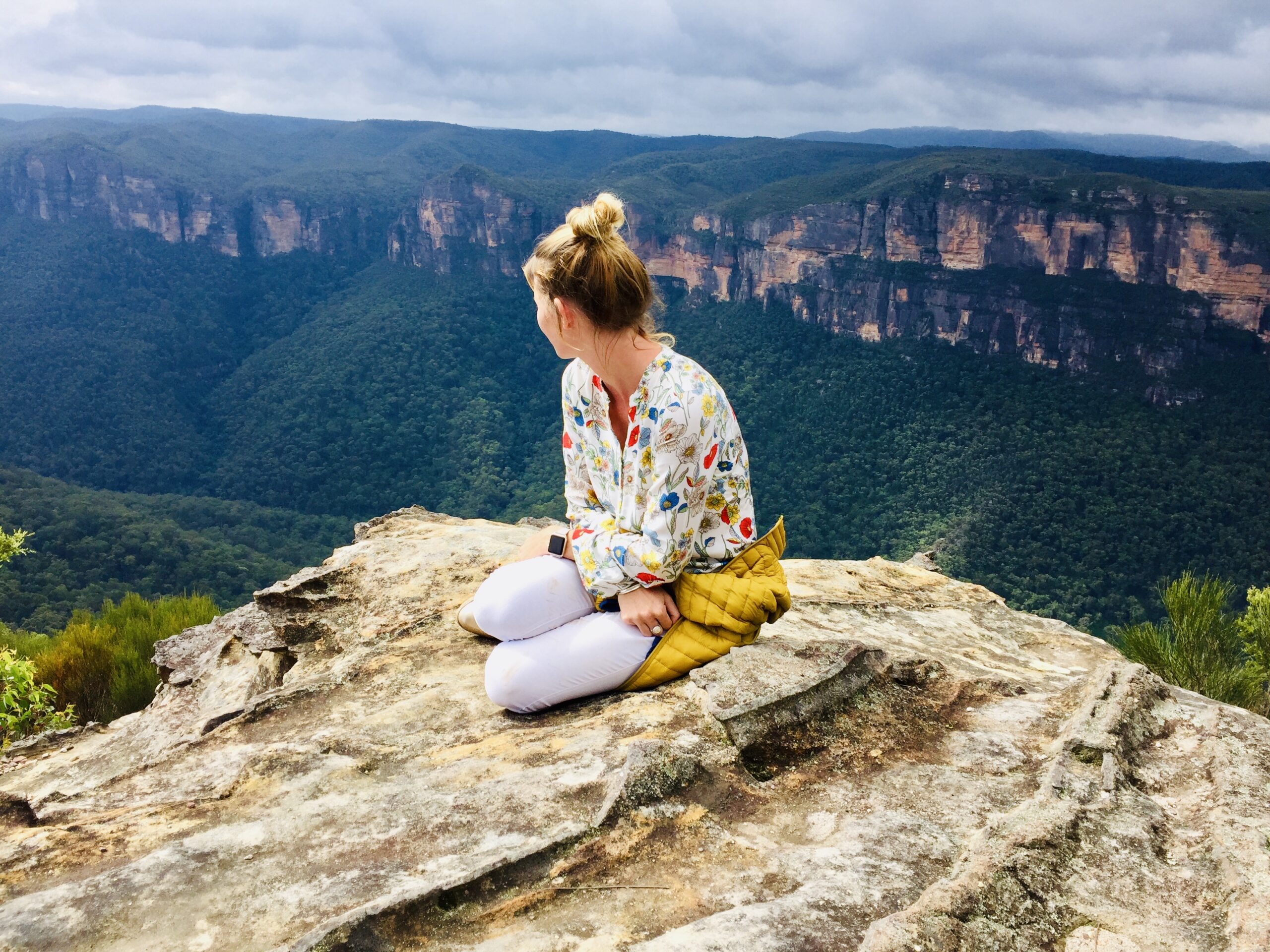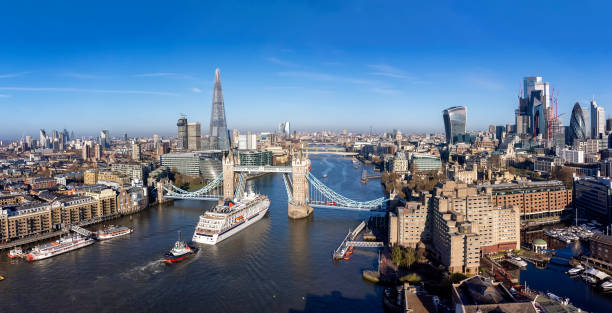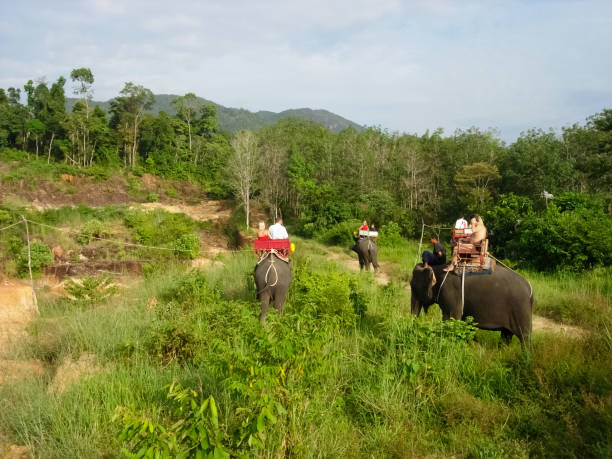Kedarnath Trek & Yatra – Where? What? & How? You will find all the information you need
Home India Uttarakhand Kedarnath Trek & Yatra – Where and How? You will find all the information you need
About This Blog: The Kedarnath Yatra, one of India’s most sacred pilgrimages, is The abode of Lord Shiva; Kedarnath attracts thousands of devotees in just six months. Kedarnath is part of the holy Char Dhams (4 pilgrimages) and the Panch Kedars. This blog will be about our October Kedarnath Trek experience. Continue reading to learn more about Kedarnath Yatra, how to get there and where to stay, and other relevant information.
Kedarnath is more than a pilgrimage site for me. This place holds a lot more meaning. It was the first time I had ever traveled with my family. Sometimes I hear that I was a problematic 2-year-old who caused a lot of trouble for my parents. What else can you expect from a toddler? After almost three decades, Agni and I were ready to go again for Kedarnath Yatra. We decided to walk from Gaurikund this time, and I was very excited about the Kedarnath trek.
It was going to be an unforgettable trip, and not just for one reason. I will be honest with you; I was too excited to visit a place with many fond memories. My father began telling me stories about the Kedarnath Yatra, which took place almost thirty years ago, as soon as we shared our trip with our families. He meant the embarrassing stories of a two-year-old boy on a family trip. He seemed to have revealed all of my stupid secrets to my husband, who didn’t forget to tease him later.
My uncle was very excited to hear that we were going to Kedarnath, Badrinath. He recalled all the places we had visited and told me to photograph them as we had done before. Changes? Overall, visiting Kedarnath was an excellent experience for my family and me.
Kedarnath was important for Agni as we returned to the Himalayan trails almost two years after our last trek. In all those years, we had only done a few tours in the Western Ghats and the David Scott Trail from Meghalaya. Kedarnath Trek was the one that we thought would help us overcome the drought on our trekking trips. We fell in love with trekking after Amarnath Yatra. Let’s stop with my gibberish and get to the point. We will now discuss Kedarnath Yatra, Kedarnath Temple, and our incredible experience there.
Where is Kedarnath?
Kedarnath Dham forms part of the Char Dham Yatra (4 places of worship), including Gangotri Yamunotri Badrinath. The Rudraprayag region of Uttarakhand is home to the Kedarnath Temple. It is located below the Chorabari Glacier, the Mandakini River’s source.
Kedarnath History, Legend, and Stories
I am often obsessed with discovering the history of any place we visit, especially if it is a historical or religious site. Many stories are hidden in temples throughout India. The same was true for Kedarnath.
The Kedarnath shrine is believed to have been hidden under snow for nearly 400 years.
Like many other places, Kedarnath has its share of legends and mythologies. Many versions exist about the origins of the Kedarnath Temple. There are two versions of the origin of the Kedarnath Temple. One claims it was rebuilt and built by Adi Shankaracharya, a great Hindu seer. The other is claimed to have been made by Raja Bhoj Malwa, a Hindu King. There are many versions, as I mentioned before.
The great Hindu epic Mahabharata mentions Kedarnath and is the source of the legend Panch Kedar. Did I say that Kedarnath is also among the five (Panch Kedars) holy places of Lord Shiva?
The epic battle of Kurukshetra, where the brothers fought each other, saw the Pandavas defeat and kill their cousin brothers Kauravas. Inflicted with guilt and self-remorse, the Pandavas killed themselves in battle. They asked Lord Shiva, the master of all the Universe, for forgiveness. The Pandavas decided to seek forgiveness from God by going to Kashi. Lord Shiva was not keen to forgive the Pandavas for their cruelty. He fled his home at Kashi to hide as a bull at Guptkashi. Bhima, the strongest Pandava, managed to find Lord Shiva as a bull. The bull escaped again and later rematerialized in five places. These 5 locations became known as the Panch (5-Kedars).
Different parts of the bull appeared in other places – the hump in Kedarnath; the arms at Tungnath; the stomach and navel at Madmaheshwar; Rudranath’s face, and Kalpeshwar’s hairs. The belief is that the Pandavas built temples at each of these five locations and were thus freed from their sins. The bull’s frontal portion is believed to have fallen at Pashupatinath, Nepal. All five sites were home to temples built by the Pandavas. The Pandavas are believed to have performed Yagna at Kedarnath before departing for Mahaprasthana (renouncing all things to achieve salvation). Interestingly, the Mahaprasthana was initiated from Mana village near Badrinath. This story will be told another time.
Nara-Narayan was a Hindu deity who worshipped Goddess Parvati and Lord Shiva. There’s another story. He prayed to Lord Shiva and requested that he stay at Kedarnath to ensure the well-being of all human beings. Lord Shiva granted his request, and Kedarnath became Lord Shiva’s abode.
2013 Floods
Kedarnath is also known for the 2013 devastating floods in Uttarakhand’s Garhwal Region. Surprisingly, the Kedarnath Temple survived the floods.
The temple was built around 3000 years ago, according to mythology. However, there are inscriptions on the temple wall dating back to 650-850 AD. Researchers are interested in the story of how the temple survived the flood. This is likely due to the presence of glaciers in the area and the presence of lichens.
Ravinder Kumar Chaujar was a retired professor at the Wadia Institute of Himalayan Geology in Dehradun. He studied the lichens that grow on the rocks of Chorabari’s moraines to establish the geological history of this place. Professor Chaujar discovered that the temple was submerged in ice for at least 400 years. This may have been one of the reasons the temple has remained resilient. It was unharmed by the 2013 floods and may be able to withstand further flooding episodes.
Kedarnath Trek – Our Experience
As I mentioned, we decided to walk from Gaurikund to Kedarnath. The journey began at Haridwar. Due to the post-pandemic conditions, there were few local buses between Haridwar and Guptkashi. We rented a car for five days to take us to Badrinath and Kedarnath.
We set out early in the morning to reach Kedarnath, and then we traveled through the mountain roads. Although we had been to these areas before, the beauty of the place never ceases to amaze me. We are still captivated by the natural beauty of the mountain rivers, even though we have been to Rudraprayag, where they meet.
The Mandakini River was our constant companion on the journey to Kedarnath. At around 3:00 PM, we reached Guptkashi and decided to continue our trip to Sonprayag. Guptkashi has a variety of hotels and is an excellent place to spend the night if it’s late.
We arrived in Sonprayag quickly and found a hotel where we could stay the night. There were a few hotels in Sonprayag, but most were closed. This season, the number of pilgrims seemed lower than in previous years. The reason is apparent.
Sonprayag used to be the beginning point of the Kedarnath Yatra. Now, the motorable road to Gaurikund is available. A shared jeep can cover the 5km distance from Sonprayag.
We got up very early in the morning. We headed to the Yatra Registration Counter once we arrived at Sonprayag. The number of Yatris (pilgrims) who visit the Kedarnath shrine for the Chardham Yatra must be controlled to conduct it in a controlled way following the 2013 flash floods. You can register for the Yatra online and get an ePass. Either do it yourself or have your agent do it for you. You can also get the Yatra E-Pass at Sonprayag by going to this counter. One man was sitting at his laptop, making the Yatra E-Pass for Rs.50/-.
We brought our Yatra pass and went directly to the Registration Counter. The Registration Counter took our Yatra e-pass number and did a thermal screening. We were then allowed to begin our Yatra. Each year, pilgrims receive a physical pass. It was impossible to get it this year due to the smaller number of pilgrims.
Sonprayag – Gaurikund
Once we had registered for Kedarnath Yatra, we began walking towards the jeeps that would take us to Gaurikund. We were soon in Gaurikund when we found our seats in the jeep. The cost of the jeep was Rs30 per person.
The 16-km trek to Kedarnath starts in Gaurikund and ends at Kedarnath. After the 2013 flash floods, the trekking route was rebuilt and changed. After the flash floods of 2013, the trekking route was rebuilt and switched to a more accessible, more extensive trekking trail.
Kedarnath Trek Starts
Gaurikund is the starting point for the trek. “Kund” is a reservoir. Gaurikund has hot water springs where pilgrims can take a dip before they embark on their Yatra. After the 2013 floods, the hot spring was destroyed. After the floods of 2013, pilgrims can use a large enclosure to take a dip in the hot spring.
Gaurikund is also famous for its Gauri Temple, dedicated to Goddess Parvati. Nearby the Gauri Temple is the Uma Maheswar Temple, where Lord Shiva can be worshipped as a rock.
Gaurikund is crowded, and many shops cater to the needs of travelers. Gaurikund also has a variety of accommodation options.
At 8 AM, we started our journey from Gaurikund. The Mandakini River was full of beauty and spirit. Although I would have loved to stay and enjoy the river’s beauty, we had no choice but to begin our trek toward Kedarnath Temple.
A booking office is about half a kilometer from the starting gate. It houses horses, mules, picks, and Pitthus. Pitthus carry the pilgrims on their backs. Pitthus is a service that is often used by young and old pilgrims. A fixed rate is charged for mules and Pitthus. They can be booked here. You will, however, find mules almost throughout the trail.




Post Comment